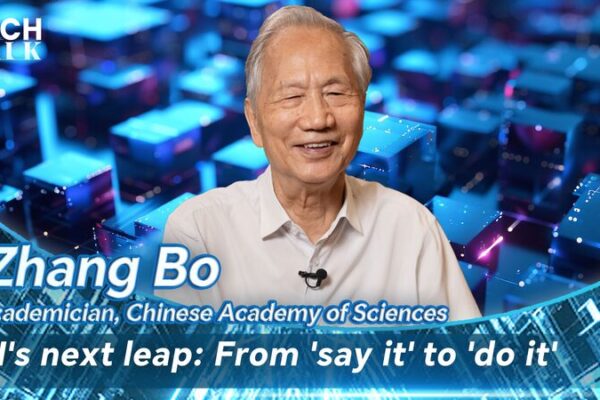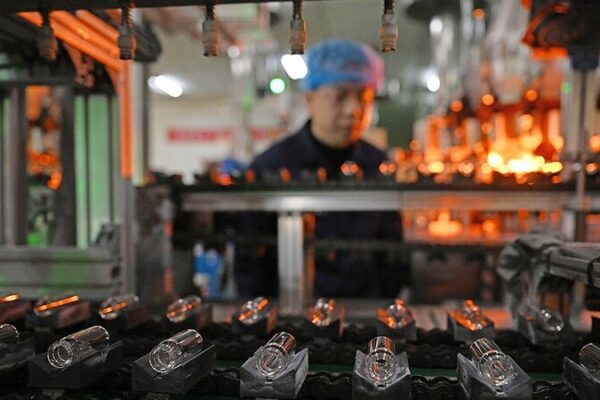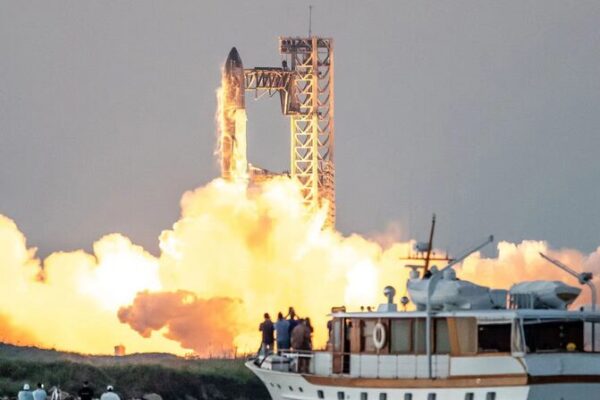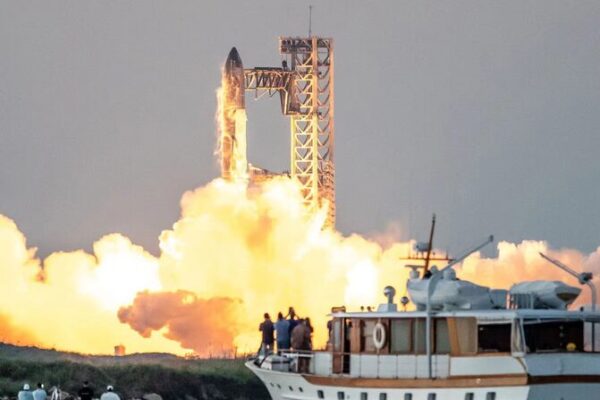
China’s Maritime Fleet Expands to 430 Million Deadweight Tonnes
China’s maritime fleet capacity has grown to 430 million deadweight tonnes, accounting for 18.7% of the global total, as reported at a Shanghai press conference ahead of the 2024 North Bund Forum.

















